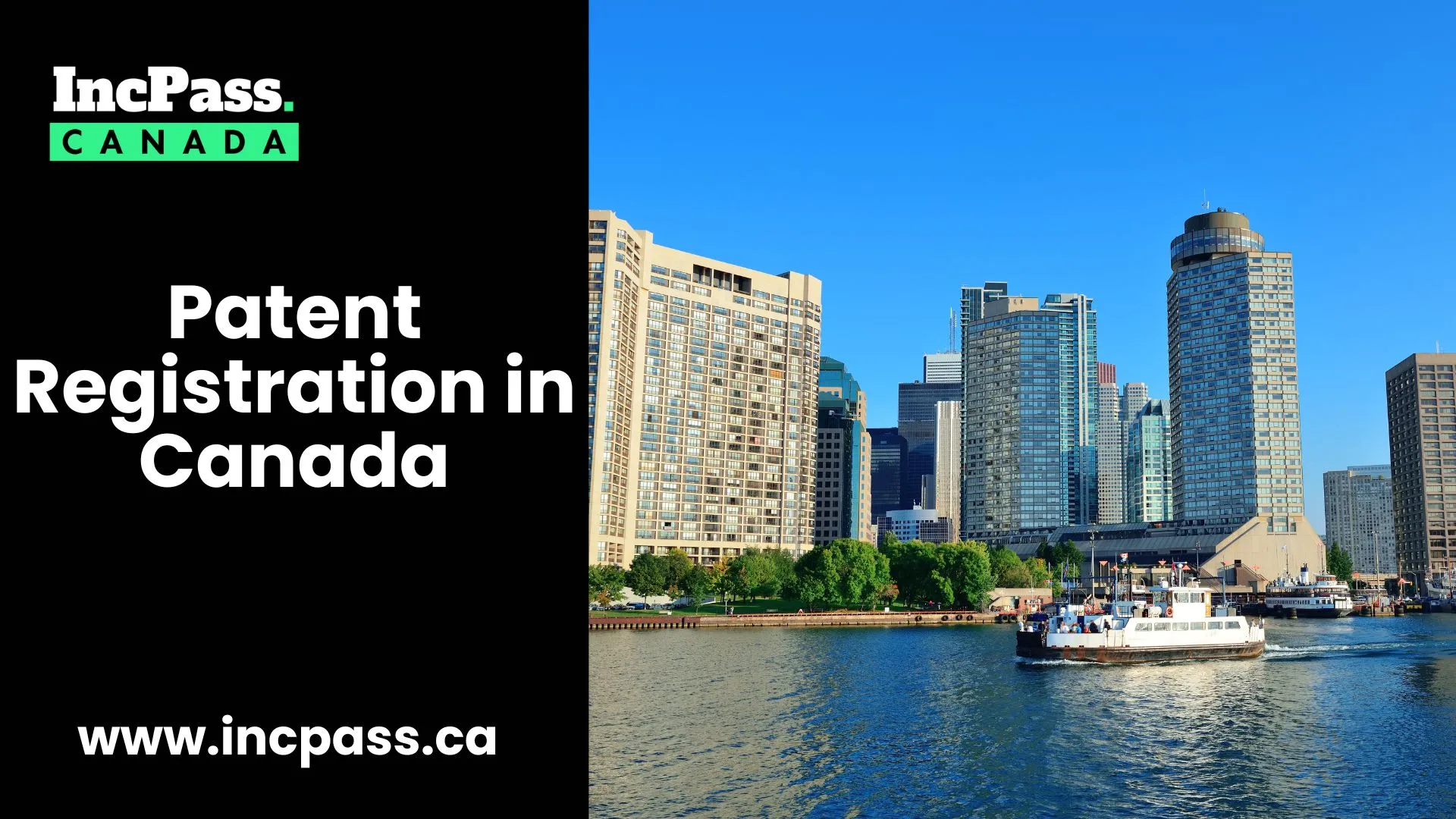Introduction
Patent registration in Canada is an important step towards safeguarding breakthrough ideas and technologies. The Canadian Intellectual Property Office (CIPO) oversees patents, which protect innovative innovations, methods, and designs. In 2023, Canada granted over 20,000 patents, demonstrating a thriving innovation ecosystem. To obtain a patent, inventors must go through a multi-step process that includes application, examination, and approval.
This article will go over the fundamentals of patent eligibility, the detailed application procedure, the value of prior art searches, associated fees, and enforcement measures in the event of infringement. Understanding these characteristics is essential for efficiently protecting and utilising intellectual property.
Understanding Patent Eligibility in Canada
- Novelty: The invention must be novel and not previously disclosed or publicly known.
- Non-obviousness: It must not be obvious to someone with ordinary ability in the field, which implies that a creative step is required.
- Usefulness: The invention must be useful or capable of being used in some way.
- Patentable Subject substance: The innovation should fit under one of the eligible areas, such as methods, machinery, manufacturing, or substance compositions.
The Patent Application Process in Canada
- Preparation: Conduct a patent search to ensure novelty, then write a thorough description of the idea.
- Submission: Submit the patent application to the Canadian Intellectual Property Office (CIPO), along with the relevant documents, fees, and a thorough disclosure of the invention.
After submission, the CIPO evaluates the application to ensure that it meets patentability criteria. Respond to the examiner’s questions or objections.
- Publication and Grant: Once authorised, the patent is published and awarded, affording legal protection.
This guide outlines the essential steps in the patent registration process in Canada.
Conducting a Patent Search and Evaluating Prior Art in Canada
- Identify Existing Patents: Look up existing patents and published applications to check that your innovation is unique. Use resources such as the CIPO’s Patent Database and foreign databases.
- Evaluate prior art: Examine prior art to see if your idea is non-obvious and inventive in comparison to existing technology.
- Avoid Infringement: To avoid legal conflicts, ensure that your idea does not infringe on existing patents.
- Refine your invention:Use the search results to improve or change your idea, hence boosting its patentability.
Before pursuing patent registration in Canada, you must first confirm the uniqueness of your innovation.
Patent Costs and Fees in Canada
Understanding the costs involved in patent registration in Canada is crucial
- Application Fees: The initial filing fee varies according to the kind of application (provisional or non-provisional). As of 2024, the standard filing fee is around CAD 400.
- Examination expenses: The examination process requires additional expenses, which are normally around CAD 800.
Annual maintenance costs are required to maintain the patent in force. These fees rise over time and can range from CAD 100 to CAD 1,000 or more, depending on how old the patent is.
- Legal and Professional expenses: Plan for potential legal and patent attorney fees, which can vary substantially depending on intricacy and representation needs.
Patent Enforcement and Infringement in Canada
Send a cease-and-desist letter to the infringer, demanding that they stop using the content illegally.
- Negotiation:Try to resolve the issue through discussion, which could lead to a licence agreement or settlement.
- Legal Action: If negotiations fail, file a case in the Federal Court of Canada seeking injunctions, damages, or an account of profits.
- Remedies:Courts can grant remedies such as stopping the infringement, monetary compensation, and legal expenses recovery.
Understanding these enforcement tools is critical to safeguarding your patent rights in Canada.
Conclusion
Patent registration in Canada is a vital process for innovators and businesses seeking to protect their unique inventions and gain a competitive edge in the market. By understanding patent eligibility criteria—such as novelty, non-obviousness, and usefulness—applicants can ensure their inventions qualify for protection. Navigating the patent application process requires careful preparation, thorough patent searches to evaluate prior art, and adherence to necessary fees and timelines. While the costs associated with patent registration in Canada can be significant, the long-term benefits of safeguarding intellectual property and having legal avenues for enforcement and infringement make it a worthwhile investment. Effective patent registration not only protects exclusive rights, but it also increases the value of the invention, attracts possible investors, and develops a strong innovation ecosystem. Finally, grasping the nuances of patent registration in Canada allows innovators to securely protect and capitalise on their innovative efforts for long-term success.
FAQs
What is the duration of a Canadian patent?
A Canadian patent typically lasts 20 years after filing, provided that maintenance fees are paid on an annual basis.
Can I file a patent application without hiring a lawyer?
Yes, you can file a patent application without a lawyer, however it is suggested that you seek professional guidance to manage difficult legal and technical criteria.
What if I forget to pay my maintenance fees?
If the maintenance costs are not paid on time, the patent will lapse, resulting in the loss of exclusive rights to the invention in Canada.
Is a Canadian patent transferable internationally?
No, a Canadian patent is only valid within Canada. Separate applications are necessary for patent protection in other countries.
How long does it take to file a patent application in Canada?
In Canada, the patent application procedure might take many years, ranging from two to five years, depending on the complexity and inspection.



